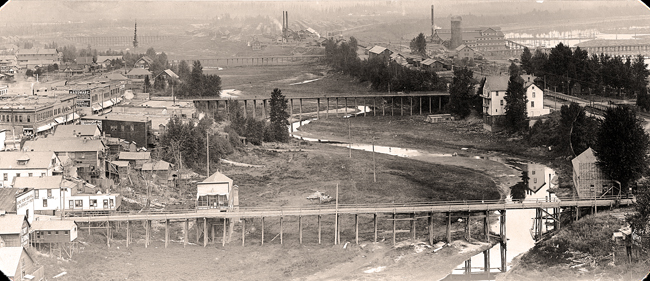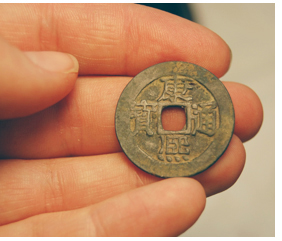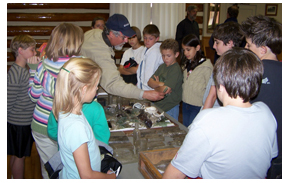

History, archaeology preserved in award-winning Sandpoint project
The construction of an alternate route for U.S. 95 through Sandpoint several years ago has already been recognized numerous times. On Jan. 7, another award was added to the list – this time for the archaeological work initiated before the construction project even began.
The Idaho Transportation Department received an Award of Merit from the Society for Historical Archaeology (SHA) at their annual conference in Seattle, Wash. For nearly 30 years, the award has recognized individuals and organizations that have furthered the cause of historical archaeology. 
ITD was presented the award by the SHA “for the department’s efforts and vision on the Sandpoint Archaeology Project, a nearly decade-long urban archaeological project that has provided the basis for a detailed narrative of life in the small western town of Sandpoint, Idaho, and a rich comparative database for exploring broader social and economic transformations in the West.” In truth, the formal archaeology began in 2006, but aspects of it began as far back as the early ‘90s.
“This recognition reinforces the role of ITD in enriching our state’s communities and citizens,” explained State Highway Archaeologist Marc Münch. “The Sandpoint project has enriched the city of Sandpoint, the state of Idaho, and the professional archaeology community. These are exciting contributions, and are thanks to the efforts and vision of the Idaho Transportation Department.”
The Sandpoint Archaeology Project was the largest archaeology project in Idaho’s history, and one of the largest urban archaeology projects ever completed in the United States.
Archaeological work was completed as part of mitigation prior to the construction of a four-lane byway through a three-quarter-mile section of the Sandpoint area settled when the town was established in the 1880s. The area impacted by construction was the town’s earliest commercial district. A bypass or alternate route was discussed as early as the early 1950s, and the first proposals centered on a western route. 
Archaeological excavations resulted in the recovery of almost 600,000 prehistoric and historic artifacts associated with Native Americans, a Chinese residence/business, two brothels, a hotel, a blacksmith shop, worker housing complexes and several of the town’s businesses.
The multi-volume final report was completed in December 2014, but the contributions of the project extend well beyond just the artifacts recovered. The artifacts recovered will provide research opportunities for archaeologists and historians for years to come, and more importantly, the project led to lasting contributions to the community.
As part of the project, archaeologists produced the lead volume of the report for a general audience interested in the history of the region. A history book geared for broad readership, and teaching trunks for use by elementary school children also were completed. Online access to reports will be available this spring.
Archaeologists also collaborated with the Bonner County Historical Society to produce a permanent museum exhibit in Sandpoint based on findings from the project.
Pictured top is a photo of old Sandpoint; below that to left is a Chinese coin unearthed during excavation; above to right is an open house held for Sandpoint fourth-graders in 2009 to expose them to the artifacts; and immediately below are racks of artifacts waiting to be tagged and cataloged. All artifacts have been analyzed and curated at this time.
Published 02-20-15